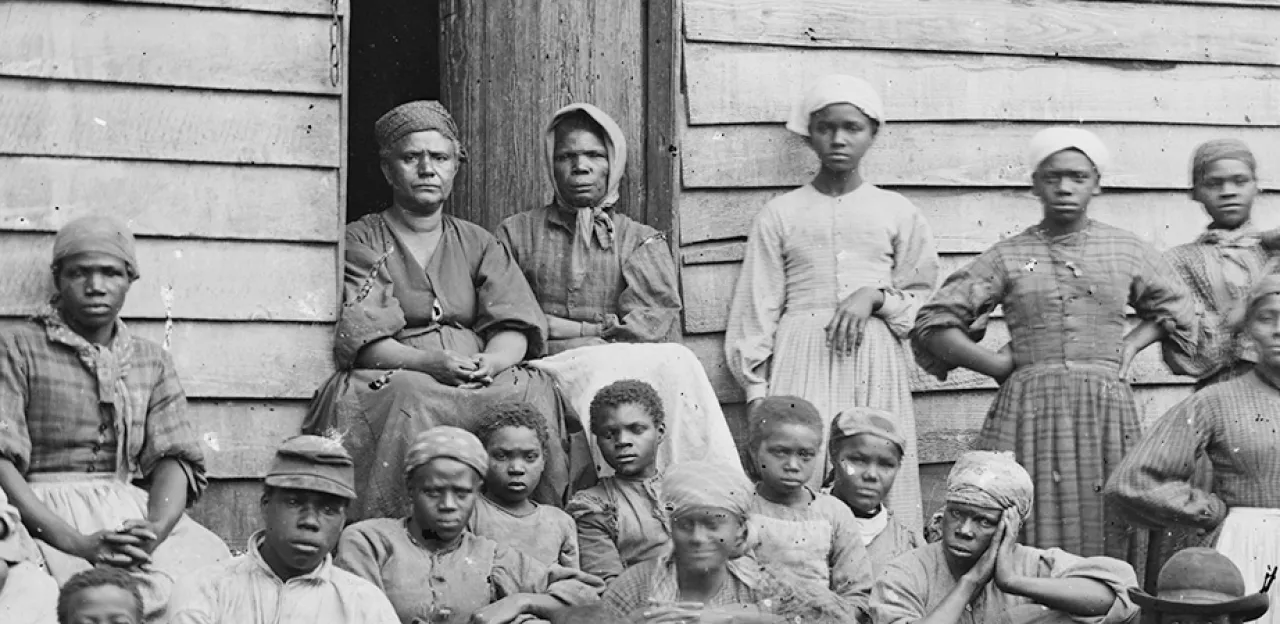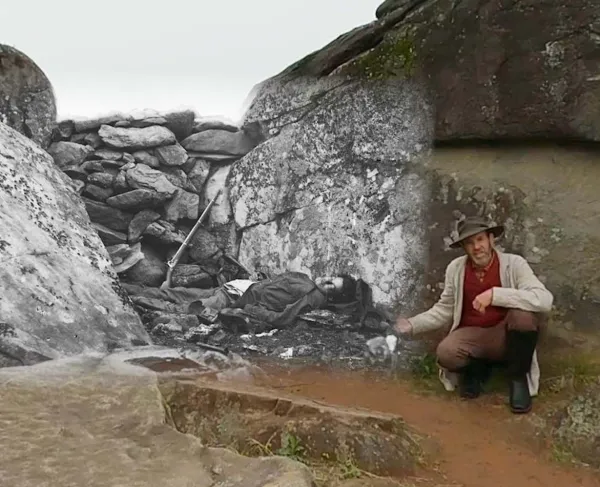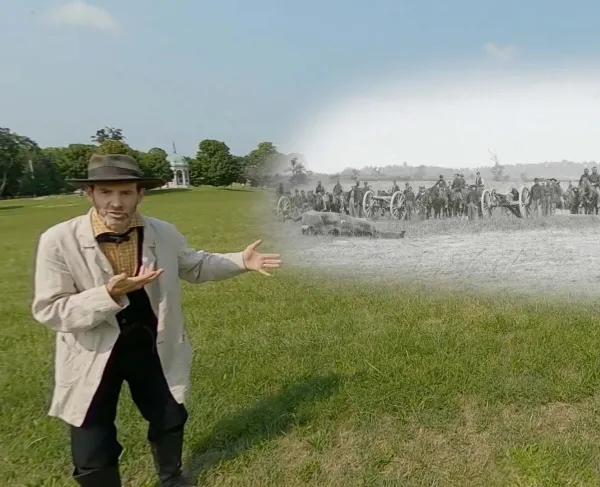Antietam and Emancipation Inquiry High School Lesson Plan

Grades: High School
Approximate Length of Time: 2 hours
Goal: Students will be able to discuss a number of reasons the Emancipation Proclamation was issued in September 1862 and Americans’ feelings surrounding the issuance.
Objectives:
- Students will be able to read primary and secondary source documents and answer questions related to the content of the document.
- Students will be able to complete a graphic organizer, finding key information regarding primary and secondary sources.
- Students will be able to address a question about a historic event, providing evidence for their answer using primary and secondary sources.
Common Core Standards:
CCSS.ELA-LITERACY.RH.6-8.2
Determine the central ideas or information of a primary or secondary source; provide an accurate summary of the source distinct from prior knowledge or opinions.
CCSS.ELA-LITERACY.RH.9-10.1
Cite specific textual evidence to support analysis of primary and secondary sources, attending to such features as the date and origin of the information.
CCSS.ELA-LITERACY.RH.9-10.9
Compare and contrast treatments of the same topic in several primary and secondary sources.
CCSS.ELA-LITERACY.RH.11-12.3
Evaluate various explanations for actions or events and determine which explanation best accords with textual evidence, acknowledging where the text leaves matters uncertain.
NCSS Standards for Social Studies:
1—Culture
2—Time, Continuity, and Change
3—People, Places, and Environment
5—Individuals, Groups, and Institutions
6—Power, Authority, and Governance
10—Civics, Ideals, and Practices
Description:
This is an inquiry lesson where students will do research to answer the inquiry question about Emancipation in 1862. Students will develop a hypothesis, search for evidence in multiple primary and secondary sources, and complete a graphic organizer. Through this process, students will develop a strong answer to the inquiry question posed at the beginning. The PowerPoint presentation will serve as the guide for the lesson, providing a sequence for the lesson, listing when documents should be reviewed, and providing leading questions.
Inquiry Question:
Why was the Emancipation Proclamation issued in September 1862?
Materials:
- PowerPoint presentation
- Antietam Animated Map
- Documents Packet
- Antietam and Emancipation Essay
- Graphic Organizer
- Emancipation Proclamation Analysis Worksheet
- The Public Reacts Activity
Pre-lesson Prep:
- Print out the PowerPoint in the ‘notes’ view prior to class. This provides some guidance for you. While presenting the PowerPoint to your students, they will not see the notes.
- Print out the Documents Packet for each student. Students should have highlighters ready – they should highlight and takes notes all over these documents.
- Print out copies of the graphic organizer for each student
- Print out copies of the Emancipation Proclamation Analysis Worksheet for each student
- Print out copies of the The Public Reacts activity for each student
- Cue up the videos
- Students should have materials ready to take notes and answer the questions throughout the PowerPoint.
Procedure:
- Begin the PowerPoint presentation. The PowerPoint will provide guidance on when to use the documents, show videos, and discuss questions.
- Show the Antietam Animated Map.
- Have students begin with a hypothesis to answer the inquiry question. They should then be filling out the graphic organizer as they progress through the PowerPoint, read documents, and watch videos.
Conclusion:
Students will answer the inquiry question either orally or in essay form. They should use evidence from their primary and secondary source documents. They can use the documents, their notes, and their graphic organizer.
Assessment in This Lesson:
- Oral responses to questions throughout the PowerPoint
- A completed graphic organizer
- Notes taken on graphic organizer, documents, or other notes sheets
- A complete answer to the inquiry question with quotes and evidence from the provided documents





